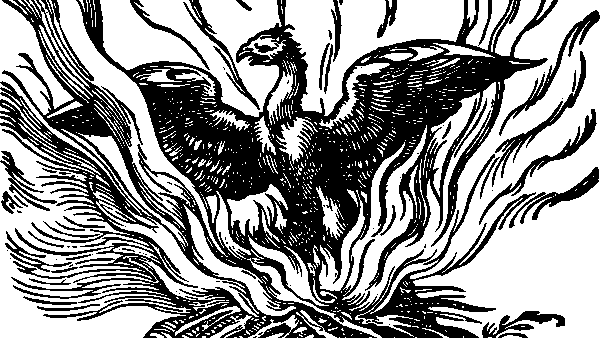In Children of the Cave, Finnish writer Virve Sammalkorpi imagines an encounter between a group of explorers and some strange creatures living in a cave in the remote forests of northern Russia that look like animals but also have some very human characteristics.
In Children of the Cave, Finnish writer Virve Sammalkorpi imagines an encounter between a group of explorers and some strange creatures living in a cave in the remote forests of northern Russia that look like animals but also have some very human characteristics.
Will the explorers see these strange, small creatures as human children or as wild animals? And how does that affect how they treat them? Will they treat them kindly or with violence? Will they be intrigued by their difference or threatened by it?
These are just some of the ideas driving Virvee Sammalkorpi’s fascinating literary novel. I say that the ideas drive the novel because that’s how it seemed to me as I was reading it. This is not a novel that relies on a page-turning plot or sparkling prose or even particularly interesting characters to draw you through. It’s a novel of ideas. It’s about how we treat animals, how we treat each other, how we respond to difference.
The book is structured as a diary written by the young Russian research assistant Iax Agolasky, who is accompanying the famous French scientist Jean Moltique on a years-long anthropological expedition into the Russian wilderness in the early 19th century. Hence the lack of sparkling prose: it’s true to the form and purpose, with Agolasky focusing on recording events and thoughts as they occur, not on literary brilliance. Some of the entries, too, are fragments, the originals having been lost along the way.
The plot does have some intrigue when the group encounters the strange “children of the cave”, but it’s more slow-moving than a purely plot-driven book would be. Also, many important events are not narrated, with key pages of the diary missing and the action picking up days or weeks later. It’s clear that Sammalkorpi wants us to focus not so much on what is happening as on what it all means.
Key to the novel is whether the explorers view the children of the cave as humans or animals. The creatures all have human characteristics, but also animal characteristics like fur, feathers, tails, whiskers, etc. When Agolasky and his group first encounter one, they shoot it and chop up its body to preserve in specimen jars.
But then, they start to notice the more human characteristics. Agolasky finds that some of them can speak Russian. They start to tell him their stories, and in doing so, they make themselves harder to view as mere scientific specimens, harder to kill and chop up.
Nevertheless, they are still strange and different, and that in itself puts them in danger. Some members of the group want to kill them, others to capture them and parade them in Paris as circus freaks, while Moltique wants to use them to enhance his scientific reputation. And their half-human, half-animal status also poses a serious threat to established ideas of science and religion in a pre-Darwin world.
In the way difference becomes an excuse for violence and domination, the novel also reminded me of colonisation, ethnographic expeditions and the scientific justifications for racism that were promulgated in the 19th century and still overshadow us today, making others seem fair game for domination and/or violence because of their apparent differences.
I’d recommend Children of the Cave as a strikingly original novel that will truly make you think. The plot and prose sometimes dragged a little, and the characters weren’t particularly compelling, but this is really a novel about encounters with difference and how we respond. It raises some fascinating questions that are very relevant to our lives today.
If you liked this post, you can read more of my Finnish literature posts, or sign up for my monthly newsletter.





There are 2 comments
Hmmm, much of what you say here does intrigue me. When you say that the characters aren’t particularly compelling though, do you mean that the ideas are simply *more* compelling, or that the characters didn’t seem credible/engaging for you, lacking somehow?
Good question! I think the characters were credible, but I just wasn’t that interested in what happened to them. Perhaps they felt a little formulaic to me: the brilliant but arrogant leader, the young and naive assistant, the brutish and aggressive sidekicks. The children of the cave were fascinating to me, and the extent to which they were considered human and the way this shifted through the course of the book were what kept me reading. But again, more “the children” as a collective rather than any individual character. I’d still recommend the book – I think it’s just a choice about what the author wants us to focus on.